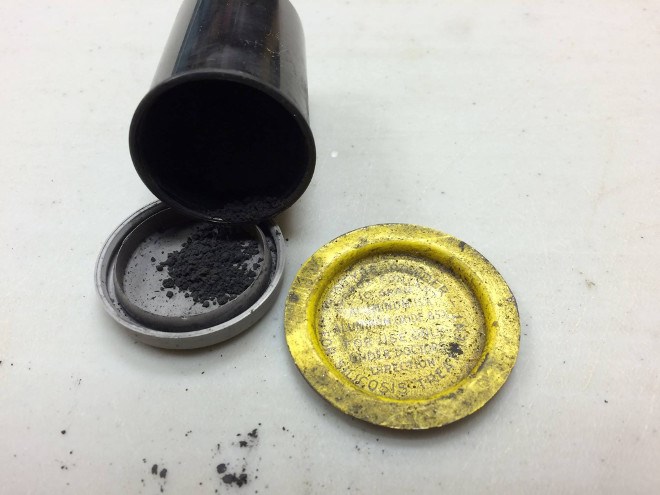Dr. Paul Demers believes McIntyre Powder can serve as a “cautionary tale” about the dangers of exposing workers to toxic substances in the workplace.
It was his report, commissioned by the Workplace Safety & Insurance Board (WSIB) and released in early May, that confirmed miners that inhaled the finely ground aluminum powder while on the job between 1943 and 1980 were more likely to develop Parkinson’s disease.
Their experience speaks to the greater issue of how small particulates can influence workers’ health, he noted.
“Any kind of very, very fine dust is certainly not healthy,” said Demers, director at the Occupational Cancer Research Centre (OCRC).
Very small particles that don’t dissolve can enter the lungs and into the body, causing everything from lung cancer to heart disease, but also potentially neurologic and respiratory disease, he said.
“I think it just means that we should be really starting to think proactively whenever we introduce anything new into the workplace,” Demers said.
“When we look at things like the whole McIntyre Powder experience, quite honestly, I present this to people and... they’re kind of amazed that it was allowed to go on for so long because it sounds kind of crazy right now.”
Devised in 1943 by mining executives as a preventive measure against the lung disease silicosis, McIntyre Powder was a finely ground aluminum dust blown into the mine dry (change room) before every shift.
Managers had the power to terminate employment for those who refused to inhale it.
It was widely used at mines across Canada and at other industrial sites across the globe, including in Australia, the U.S., Belgian Congo and Mexico.
Usage stopped around 1980 after studies showed it provided no health benefit to the miners.
But decades later, those who had been exposed began complaining of a range of health issues, many of them succumbing to their illness.
In 2011, Janice Martell, a Sudbury-based worker health advocate, learned of the practice from her father, Jim Hobbs, who had inhaled the powder while a uranium and nickel miner in northeastern Ontario and later developed Parkinson’s disease.
Conducting her own research, Martell created the McIntyre Powder Project, a database of miners and their health issues, which laid the groundwork for Demers’ study.
Hobbs died of his illness in 2017.
Though Demers’ research did not demonstrate a link between McIntyre Powder and other neurologic diseases, it did suggest that miners in general have a “somewhat increased risk” of Alzheimer’s disease and motor neuron disease, compared to the general population, he noted.
He believes that finding warrants further study.
“That was one of the things that we really wanted to be able to do in the upcoming years,” he said, “although we haven’t quite figured out how to do that yet, because we need funding in order to be able to do that kind of research.”
That may be easier said than done, however, since the bulk of occupational health research funding is currently limited, with most available funds being directed at COVID-19-related studies.
While that’s important work, Demers is concerned it will leave a gap in other areas of occupational health research.
“It’s not to say that it isn’t extremely important to know and understand COVID-19 and the risks associated with work,” he said. “But it is going to have an impact. We don’t know the full extent of it at this point, but it certainly is going forward.”
Aside from the McIntyre Powder work, Demers said his team is doing ongoing research on neurologic disease in mining, including looking at the impact of diesel exhaust, as well as neurologic disease in miners compared to the general population.
There is some positive followup from his McIntyre Powder study.
In June, in response to the findings, the WSIB officially adjusted the guidelines it uses to weigh the compensation claims submitted by miners who developed Parkinson’s disease after being exposed to the powder.
The WSIB says it now “recognizes Parkinson’s disease resulting from occupational exposure to McIntyre Powder as an occupational disease.”
Claims will be assessed on a case-by-case basis based on factors including where the miner worked, at what time, and whether they were exposed to the powder before developing Parkinson’s disease.
Demers said he’s satisfied with that outcome.
“I was pleased to see that come out,” Demers said. “And I was pleased to see that they took the results and used them, which was the goal overall of doing the whole project.”
